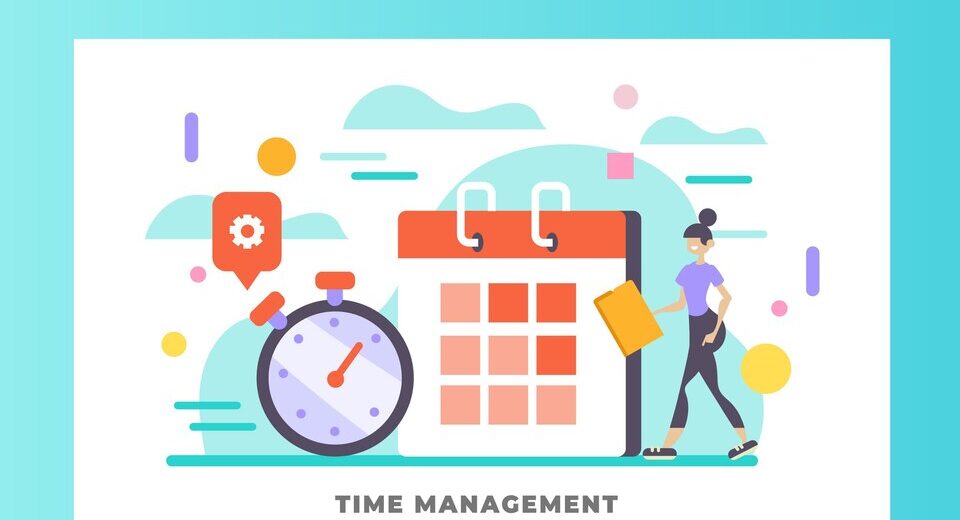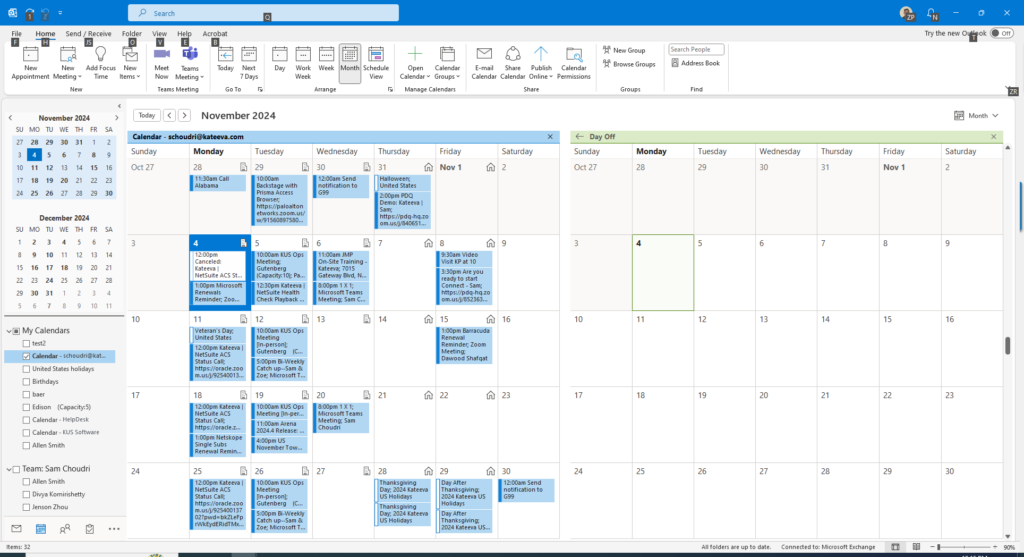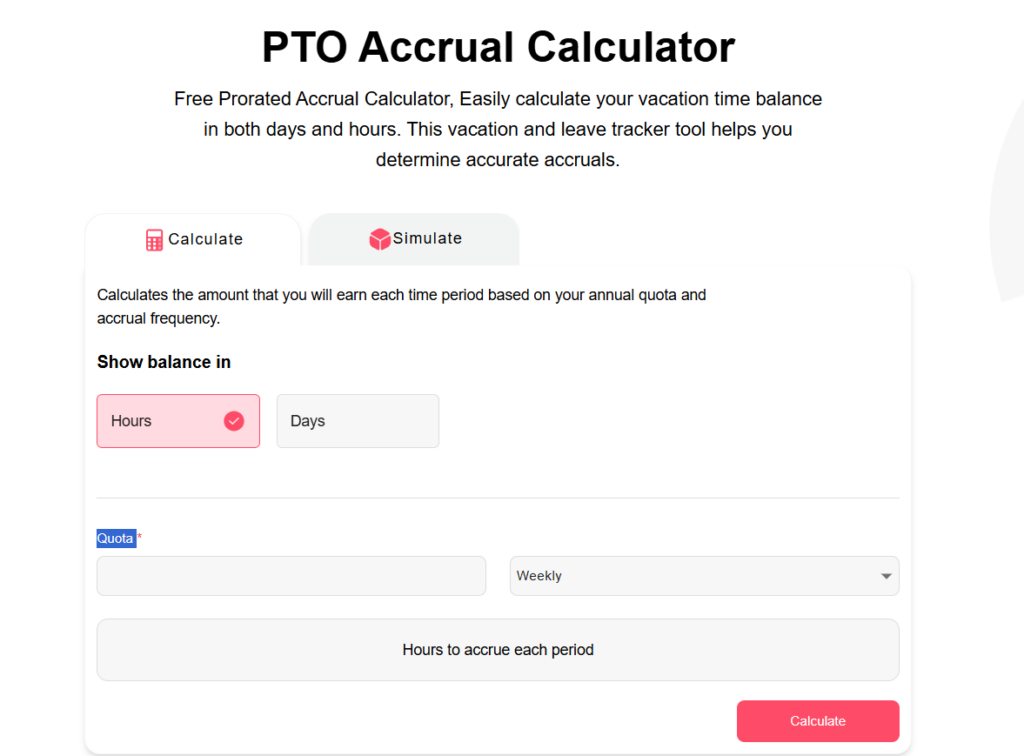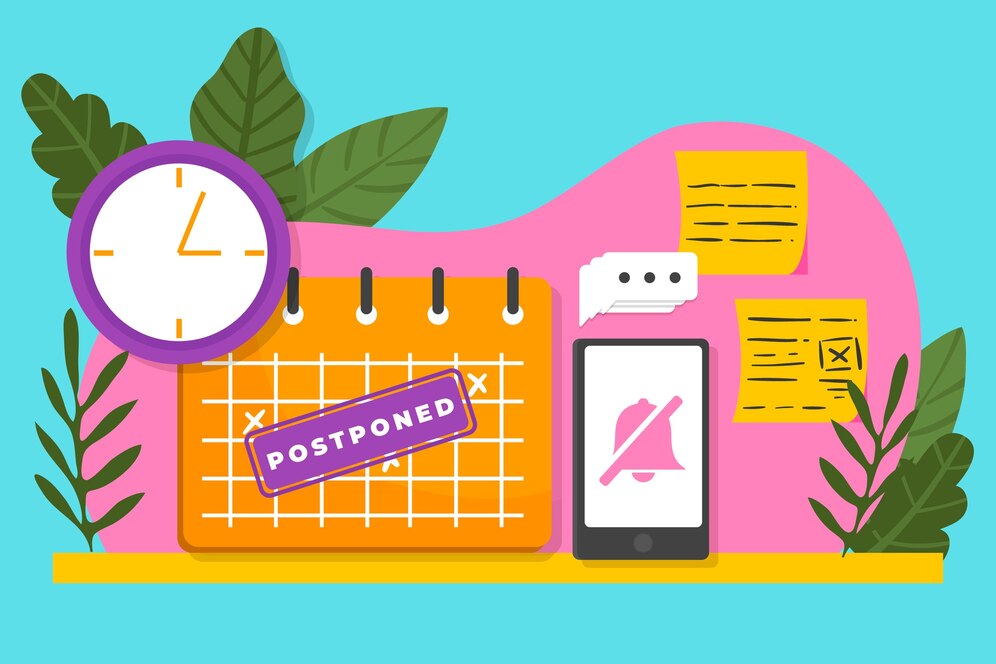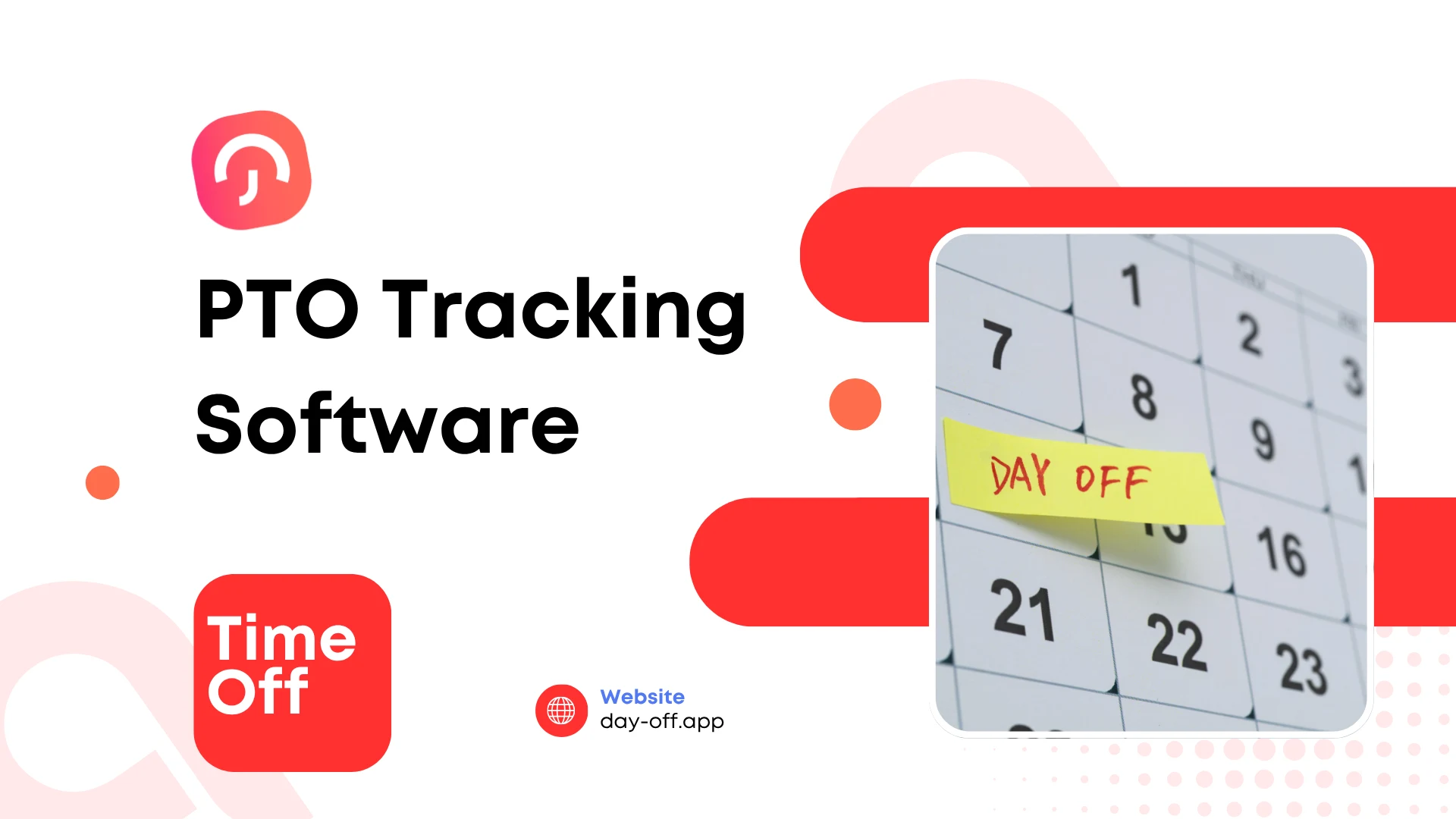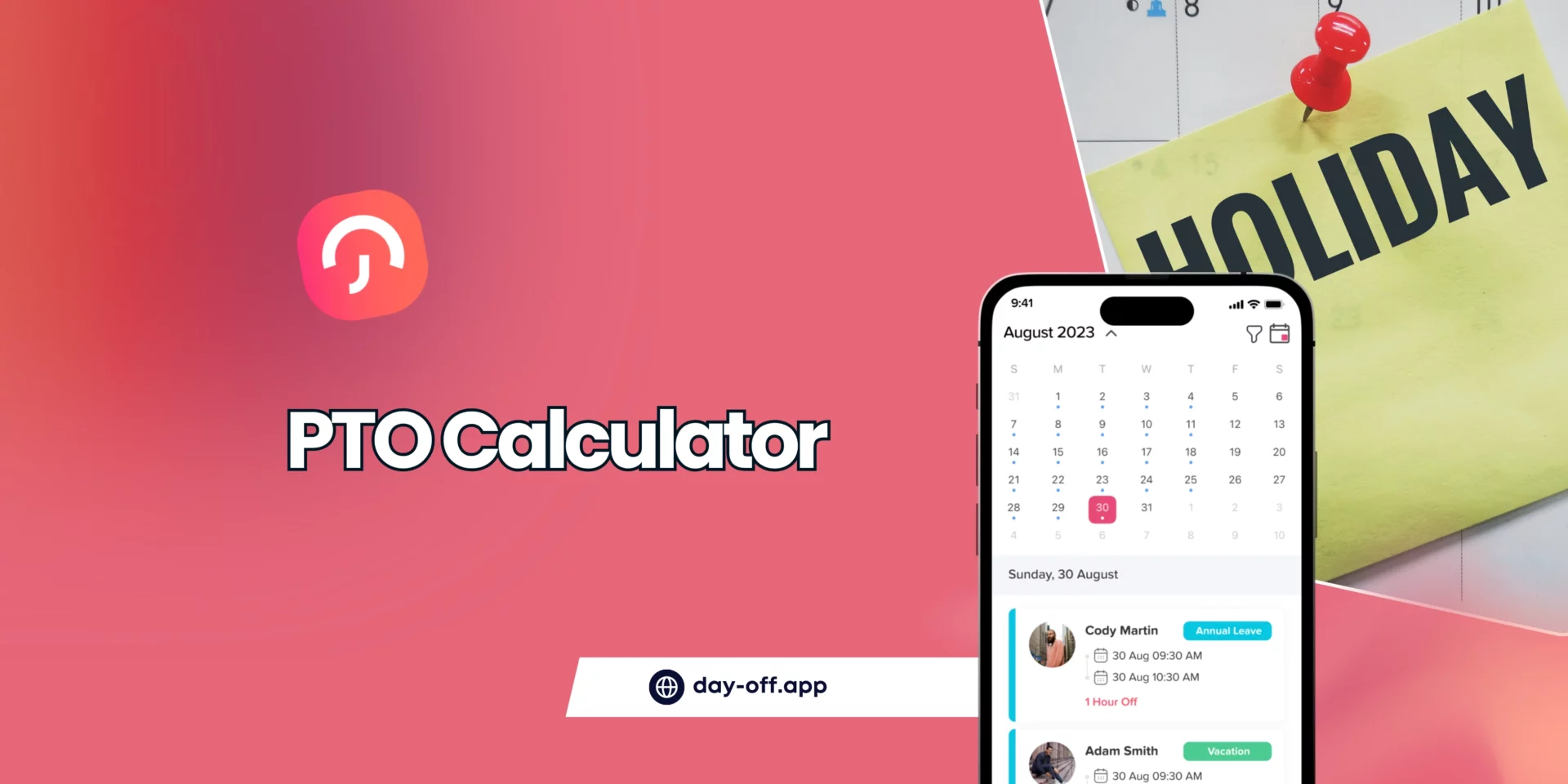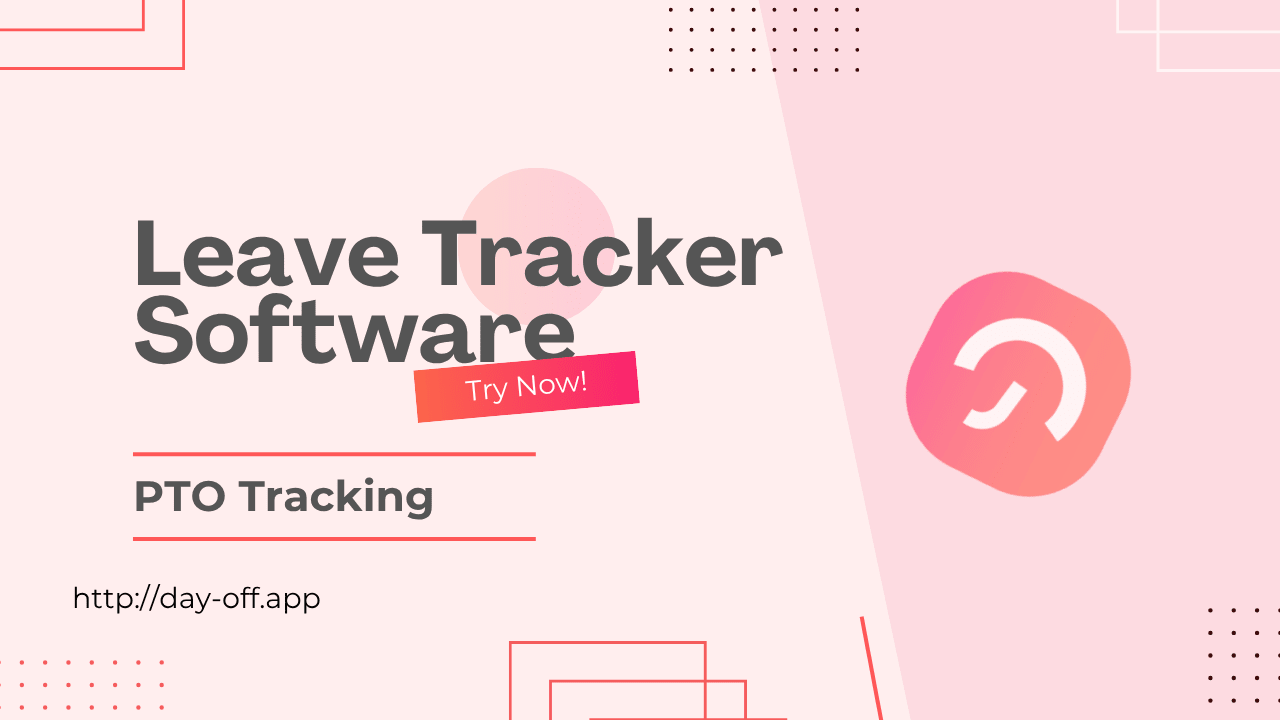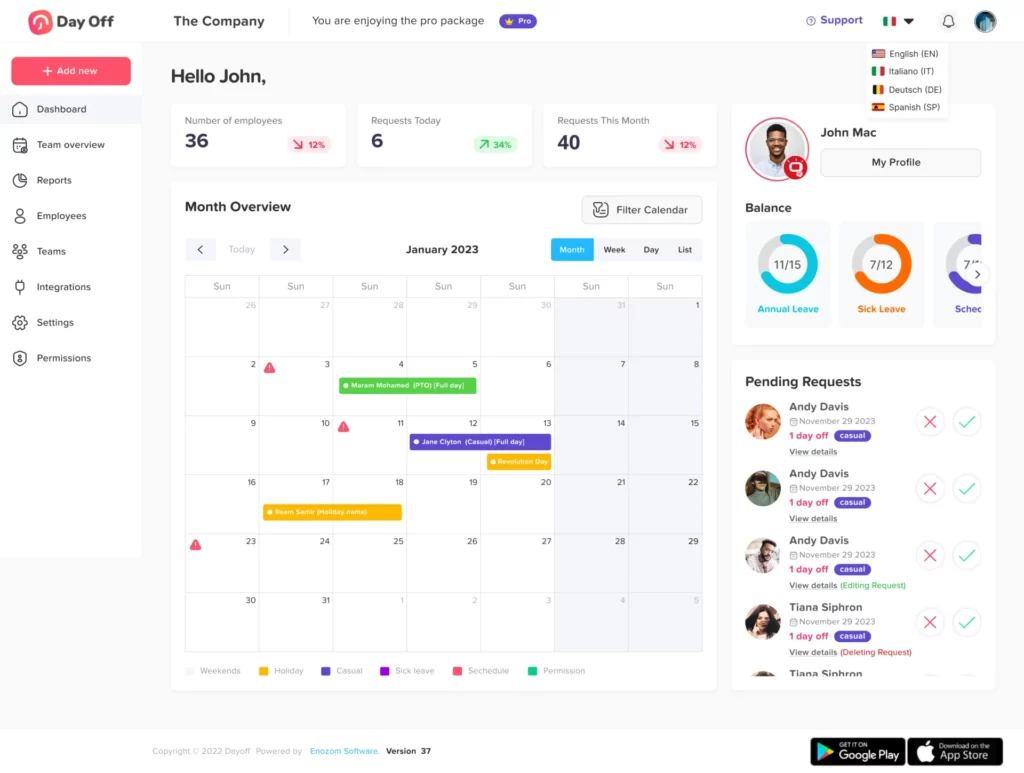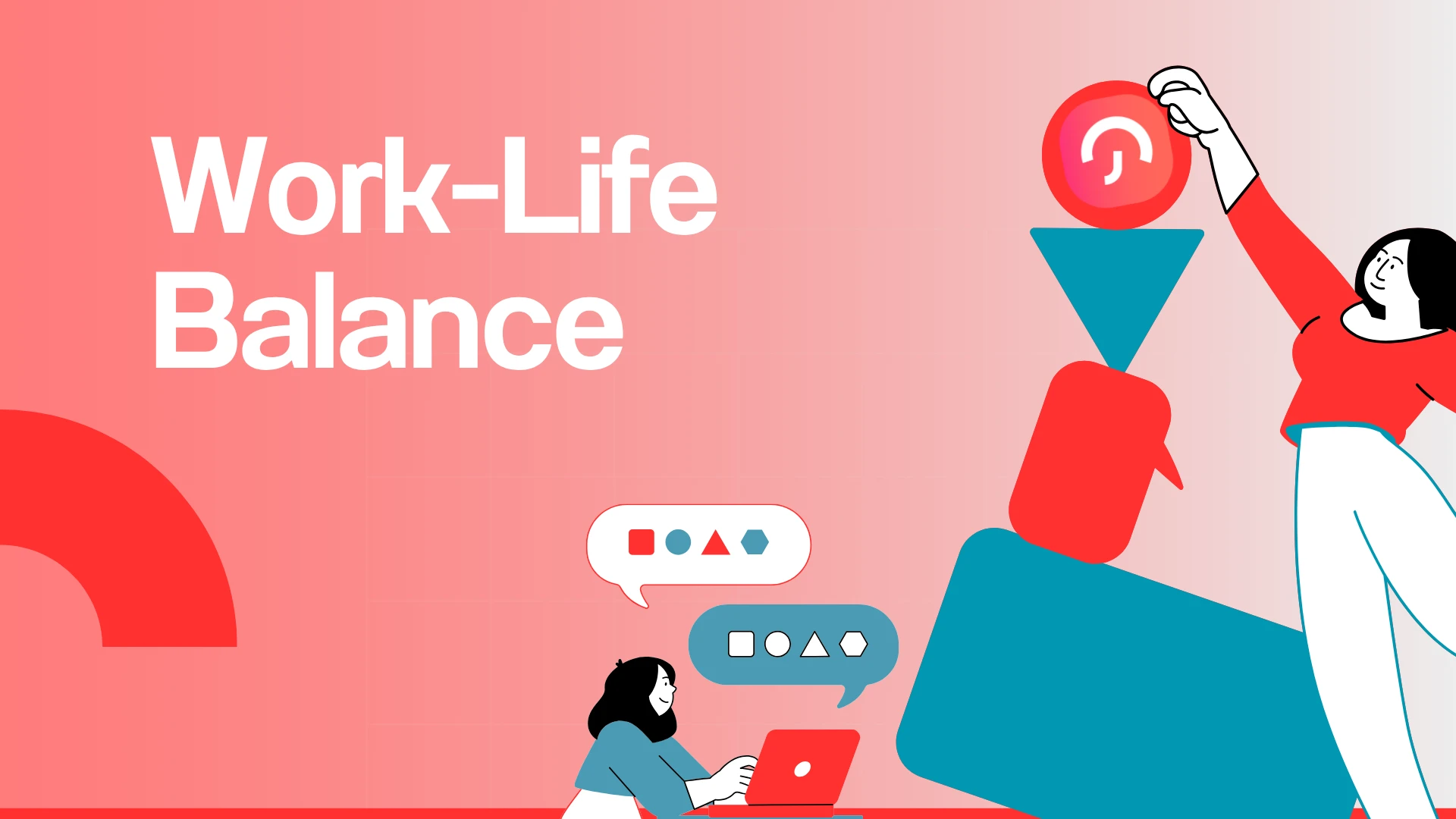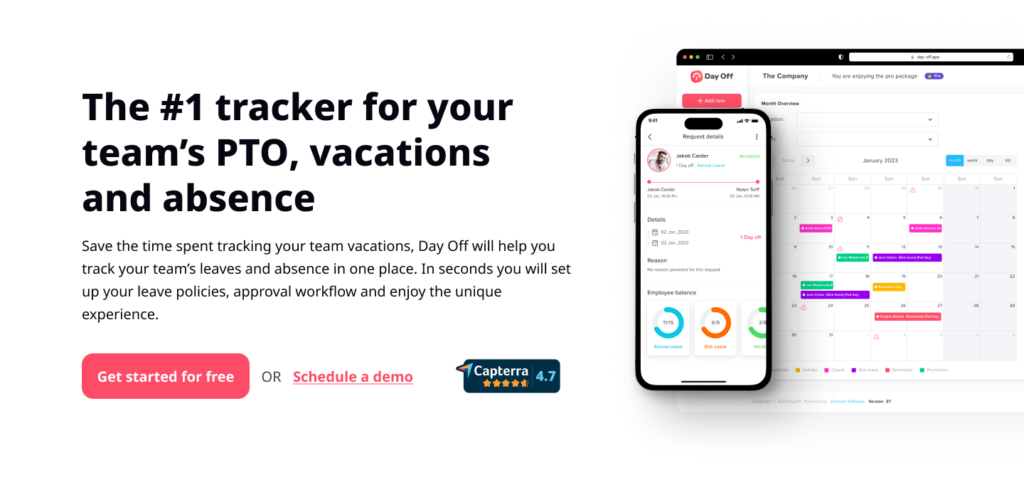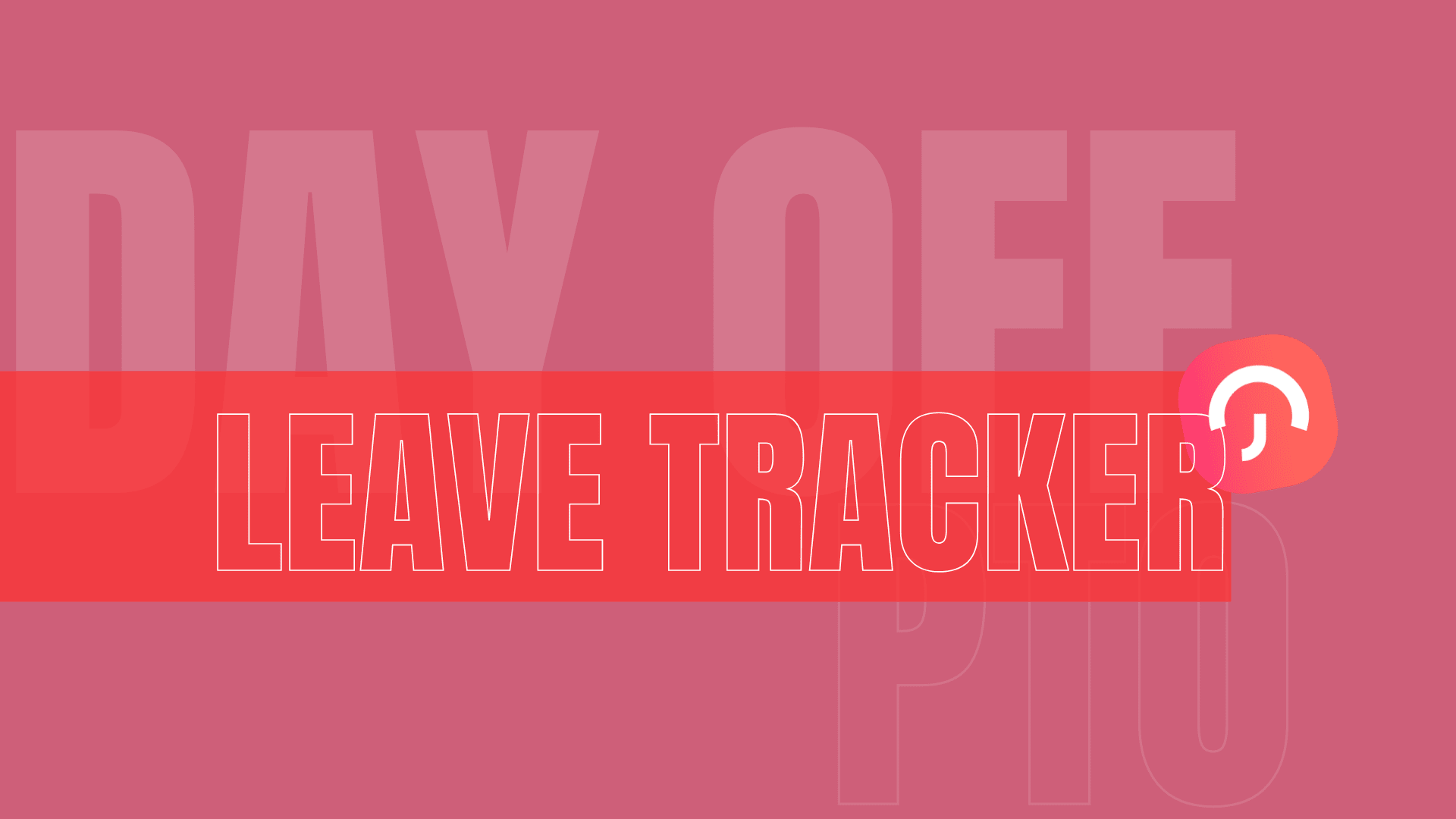Ensuring employee satisfaction is more than just a priority, it’s a critical factor that directly impacts productivity, retention, and overall business success. While many organizations focus on salaries, benefits, and workplace culture, one key area that is often overlooked is leave management. Employees who struggle with tracking their paid time off, understanding leave policies, or requesting time off efficiently can experience frustration, stress, and decreased engagement.
This is where PTO (Paid Time Off) tracking software comes in. Beyond simplifying HR processes, PTO tracking software empowers employees by giving them clear visibility of their leave balances, streamlining requests, and ensuring fair and consistent leave management. When employees feel confident that their time off is handled accurately and transparently, it reduces workplace stress and fosters a sense of trust and respect between staff and management. In essence, effective leave management isn’t just an administrative task, it’s a vital contributor to employee happiness, engagement, and long-term organizational success.
Day Off Vacation Tracker
Transparency and Trust
One of the biggest sources of employee frustration is ambiguity around PTO policies. Employees often find themselves unsure of their leave balance, approval status, or whether they are being treated fairly compared to their colleagues. PTO tracking software solves this issue by providing complete transparency. Employees can:
View their available leave balances in real-time.
Track upcoming holidays and already taken leave.
Understand company PTO policies clearly without needing to ask HR repeatedly.
This transparency fosters trust between employees and management, ensuring everyone feels treated fairly and equitably. Additionally, by eliminating guesswork, employees can confidently plan their time off, improving overall satisfaction.
Simplified Leave Requests
Gone are the days of submitting paper forms or navigating clunky email threads to request time off. PTO tracking software streamlines this process, allowing employees to:
Submit leave requests through an intuitive interface.
Receive automated notifications about the status of their requests.
Access a shared calendar to plan leaves without disrupting team schedules.
The ease of requesting and managing PTO eliminates stress, allowing employees to focus on their work. Moreover, the streamlined process reduces bottlenecks in HR, leading to faster approvals and fewer delays, further enhancing employee satisfaction.
Better Work-Life Balance
Work-life balance is a cornerstone of employee satisfaction. When employees know they can easily plan and take time off, they are less likely to experience burnout. PTO tracking software:
Encourages employees to take their allocated leave by showing remaining balances.
Helps managers identify employees who may be overworking and recommend taking a break.
Enables flexible leave planning that accommodates both personal needs and business demands.
By promoting a healthier work-life balance, the software boosts overall morale and reduces stress. Employees who can recharge and return to work feeling refreshed are often more productive and engaged in their roles.
Streamlining Workload Management
Managing workloads effectively is critical for both employee satisfaction and organizational efficiency. PTO tracking software plays a vital role by:
Providing managers with real-time visibility into team availability, allowing them to redistribute tasks more effectively.
Highlighting patterns of overlapping leave requests that could disrupt operations.
Reducing the burden on overworked employees by identifying and addressing resource gaps in advance.
By ensuring workloads are distributed fairly and proactively addressing potential staffing shortages, PTO tracking software helps create a balanced and supportive work environment Errors in leave calculations can lead to payroll discrepancies, which can frustrate employees and erode their trust. PTO tracking software integrates seamlessly with payroll systems to ensure:
Leave deductions are accurate and automated.
Employees are compensated correctly for unused PTO.
Overtime and leave policies are consistently enforced.
Enhanced Communication
Miscommunication regarding leave approvals or team schedules can lead to conflicts and inefficiencies. PTO tracking software provides:
Automated notifications to employees and managers about leave requests and approvals.
Team-wide visibility of who is off and when.
Integration with team calendars and collaboration tools to prevent scheduling conflicts.
Improved communication ensures smoother operations and reduces friction between team members. Clear communication helps employees feel informed and valued, reinforcing a positive workplace culture.
Empowering Employees with Control
When employees have access to a self-service PTO platform, they feel more in control of their work-life balance. PTO tracking software empowers employees by:
Allowing them to plan vacations well in advance.
Giving them visibility into company-wide holidays and blackout dates.
Enabling them to manage their leave independently without relying on HR for every query.
This sense of autonomy contributes to a positive employee experience. Empowered employees are more likely to feel satisfied, as they have the tools to manage their time effectively.
Data-Driven Decision Making
For HR and management, PTO tracking software provides invaluable insights into employee leave patterns. This data can be used to:
Identify trends, such as peak vacation periods, to better plan staffing needs.
Spot employees who may not be taking sufficient time off, addressing potential burnout proactively.
Ensure equitable leave distribution across teams.
Employees benefit when managers make data-driven decisions that create a more balanced and supportive work environment. Furthermore, this data can help companies optimize resource allocation, ensuring business continuity during high-demand periods.
Seamless Integration with Remote Work
As remote work becomes increasingly prevalent, managing PTO for a distributed workforce is challenging. PTO tracking software simplifies this by:
Providing cloud-based access so employees can manage their leave from anywhere.
Offering mobile apps for on-the-go leave management.
Ensuring compliance with global leave policies for multinational teams.
Remote employees feel equally valued and supported when they have access to the same tools and processes as their in-office counterparts. This parity fosters inclusivity and reinforces a sense of belonging within the organization.
Boosting Employee Engagement
Satisfied employees are engaged employees. By reducing the stress associated with leave management, PTO tracking software allows employees to focus on their core tasks. The software:
Reduces administrative burdens for both employees and managers.
Provides a modern, user-friendly experience that aligns with employees’ expectations.
Demonstrates that the company values its workforce by investing in tools that prioritize their needs.
Engaged employees are more likely to stay loyal to the company, contribute to a positive workplace culture, and drive overall organizational success.
Supporting Compliance and Legal Requirements
PTO tracking software often includes features that help organizations comply with labor laws and regulations related to leave management. By ensuring compliance, the software:
Protects employees’ rights and prevents potential disputes.
Maintains accurate records for audits and legal inquiries.
Reduces the administrative burden on HR teams to manually track compliance.
Employees appreciate working for organizations that uphold fair practices and prioritize their well-being, further boosting satisfaction.
Frequently Asked Questions (FAQ)
How does PTO tracking software improve transparency in the workplace?
PTO tracking software provides employees with real-time access to their leave balances, request statuses, and company PTO policies. This transparency reduces misunderstandings, prevents disputes over leave accrual, and fosters trust between employees and management. When employees can see their available leave at any time, they feel more empowered and confident that they are being treated fairly.
Can PTO tracking software help prevent employee burnout?
Absolutely. PTO tracking software encourages employees to take regular breaks by providing visibility into their unused leave, while also helping managers identify employees who may be overworked. By promoting a healthier work-life balance, the software reduces stress, increases productivity, and minimizes the risk of burnout, which benefits both employees and the organization.
What are the benefits of automated leave request workflows?
Automated workflows streamline the entire leave request process, from submission to approval, eliminating paperwork, reducing human error, and speeding up response times. Employees get timely feedback on their requests, while managers save time and can focus on planning and team management rather than chasing approvals.
How does PTO tracking software support remote teams?
Cloud-based PTO tracking solutions allow remote and hybrid employees to request, track, and manage leave from anywhere. Managers can monitor leave patterns and ensure equal treatment, regardless of location. This accessibility fosters inclusivity, compliance with global policies, and consistent workforce management.
Can the software integrate with other tools we already use?
Yes. Modern PTO tracking software often integrates seamlessly with payroll systems, HR platforms, project management tools, team calendars, and communication apps like Slack or Microsoft Teams. This ensures consistent data, reduces administrative duplication, and streamlines HR processes across the organization.
Is there a way to track team availability to avoid scheduling conflicts?
Absolutely. PTO tracking software often includes shared calendars, team views, and reporting features that allow managers to see who is on leave and when. This makes it easier to plan projects, allocate resources effectively, and prevent overlaps or workflow disruptions.
How does PTO tracking software affect employee engagement?
By minimizing administrative hassle and providing employees with control over their time off, PTO software enhances engagement and job satisfaction. Employees feel valued when their leave requests are handled efficiently and transparently, which can lead to higher motivation, loyalty, and productivity.
What features should I look for in a PTO tracking solution?
Key features include:
User-friendly interface for easy access by employees and managers.
Mobile access for on-the-go leave management.
Real-time updates for balances and approvals.
Integration capabilities with payroll, HR, and communication tools.
Reporting and analytics to track leave trends.
Policy customization to accommodate different leave types and rules.
Role-based access controls for security and compliance.
Additional Questions:
How does PTO tracking software help with compliance?
PTO software ensures that leave policies are applied consistently, tracks accruals accurately, and helps organizations comply with labor laws and company regulations. This reduces the risk of disputes, penalties, or legal issues.
Can PTO software help plan for seasonal workloads?
Yes. Managers can review leave schedules in advance, identify potential staffing gaps, and allocate resources accordingly. This ensures smooth operations even during peak business periods.
Does PTO tracking software improve reporting and decision-making?
Definitely. Detailed analytics and reports on leave trends, absenteeism, and PTO usage help HR and management make data-driven decisions, improve workforce planning, and identify patterns that may require intervention.
Can PTO tracking software handle multiple leave types?
Yes. Most systems support various leave types, vacation, sick leave, parental leave, unpaid leave, and more, allowing employees to request the right type of time off and ensuring accurate tracking for HR.
How does PTO tracking software save time for HR teams?
Automated workflows, self-service portals, and integration with existing HR systems drastically reduce manual work. HR teams spend less time processing requests, tracking balances, and resolving disputes, freeing them to focus on strategic initiatives.
Conclusion
PTO tracking software is far more than just an administrative tool for HR, it’s a strategic investment in the well-being and satisfaction of your workforce. By promoting transparency, simplifying leave management processes, and encouraging employees to take the time off they need, it directly contributes to a healthier, more engaged, and motivated team. Employees who feel that their time and personal needs are respected are more likely to remain loyal, productive, and committed to their organization.
Beyond individual benefits, PTO tracking software also strengthens organizational efficiency. It reduces administrative burdens, minimizes errors, ensures compliance with leave policies, and provides managers with clear visibility into team availability. This allows for better planning, smoother operations, and a more harmonious workplace overall.
Organizations that adopt PTO tracking solutions signal a strong commitment to fairness, flexibility, and employee well-being, qualities that not only help retain top talent but also attract skilled professionals in a competitive job market. For companies looking to enhance workplace satisfaction while streamlining leave management, integrating a system like Day Off is a powerful step forward. By embracing technology that balances operational efficiency with employee care, businesses set the stage for a happier workforce, a more positive company culture, and long-term organizational success.
